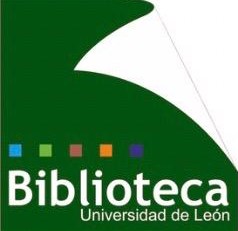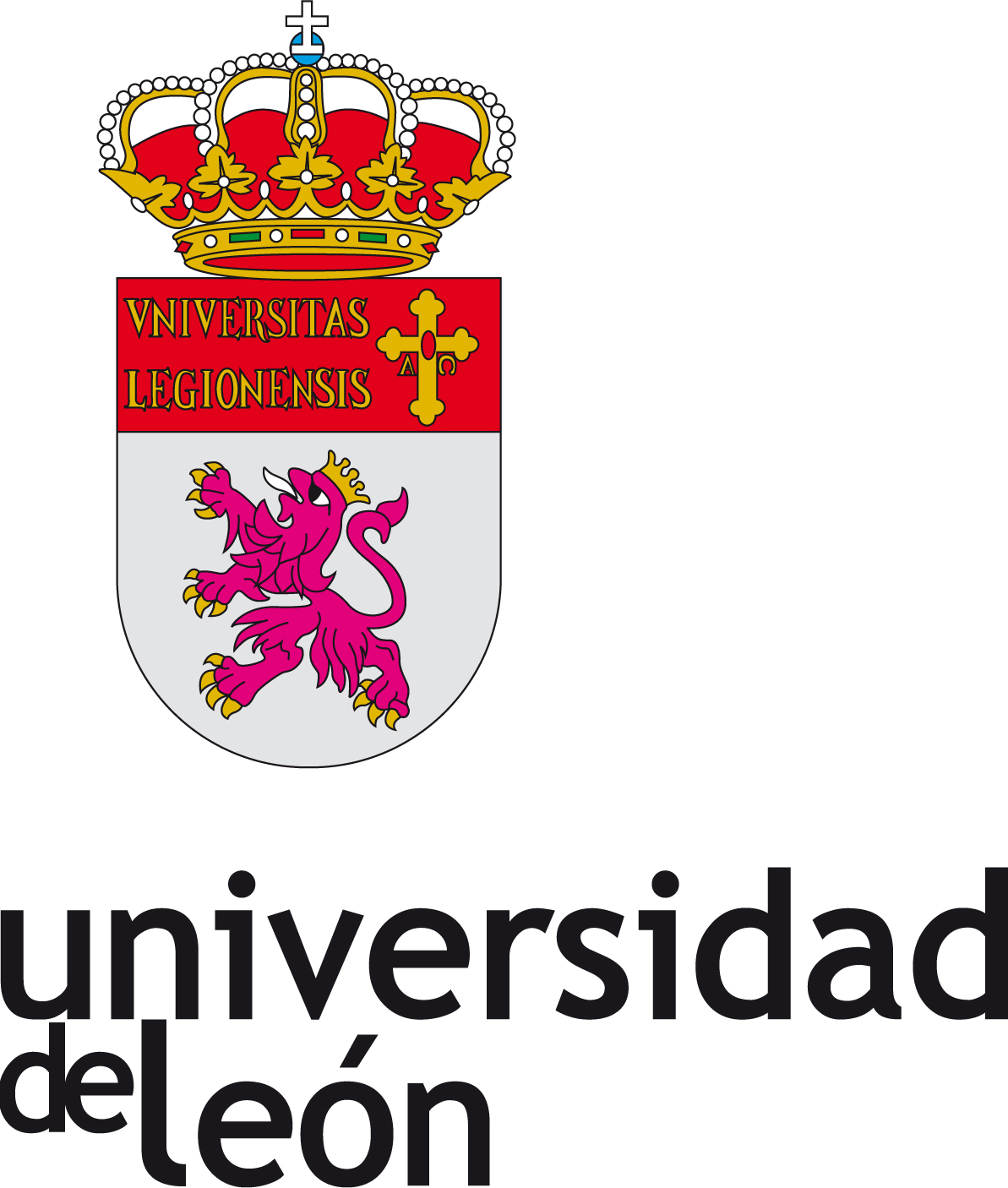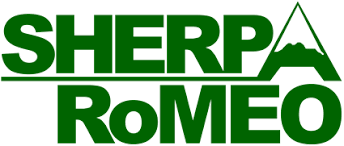Compartir
Título
Detection of Geothermal Potential Zones Using Remote Sensing Techniques
Autor
Facultad/Centro
Área de conocimiento
Título de la revista
Remote Sensing
Número de la revista
20
Editor
MDPI
Fecha
2019-10-16
ISSN
2072-4292
Abstract
The transition towards a new sustainable energy model—replacing fossil fuels with renewable sources—presents a multidisciplinary challenge. One of the major decarbonization issues is the question of to optimize energy transport networks for renewable energy sources. Within the range of renewable energies, the location and evaluation of geothermal energy is associated with costly processes, such as drilling, which limit its use. Therefore, the present research is aimed at applying different geomatic techniques for the detection of geothermal resources. The workflow is based on free/open access geospatial data. More specifically, remote sensing information (Sentinel-2A and Advanced Spaceborne Thermal Emission and Reflection Radiometer (ASTER)), geological information, distribution of gravimetric anomalies, and geographic information systems have been used to detect areas of shallow geothermal potential in the northwest of the province of Orense, Spain. Due to the variety of parameters involved, and the complexity of the classification, a random forest classifier was employed, since this algorithm works well with large sets of data and can be used with categorical and numerical data. The results obtained allowed identifying a susceptible area to be operated on with a geothermal potential of 80 W·m−1 or higher
Materia
Palabras clave
Peer review
SI
URI
DOI
Aparece en las colecciones
- Untitled [4556]
Files in questo item
Nombre:
Tamaño:
5.257
xmlui.dri2xhtml.METS-1.0.size-megabytes
Formato:
Adobe PDF













